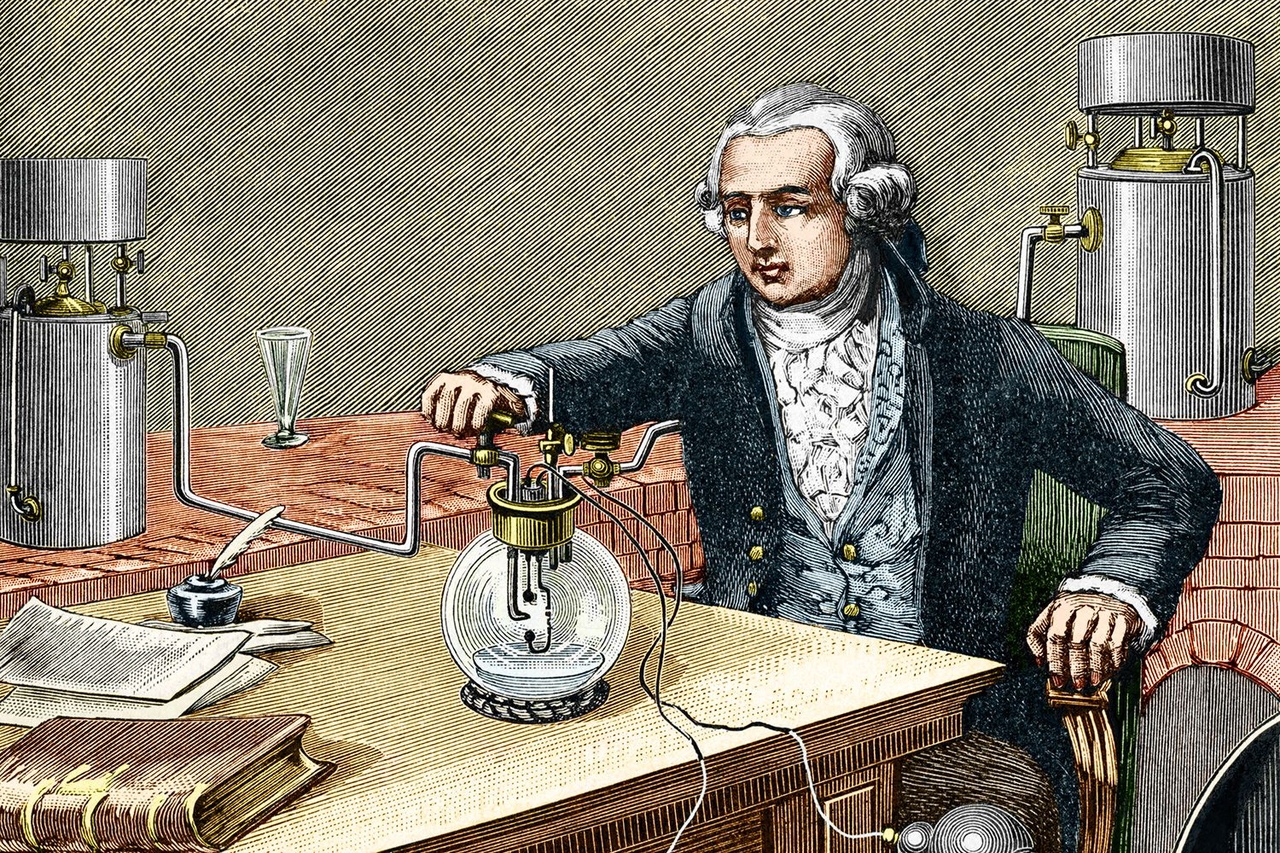Science has been around as long as humans. What would the world be without science? We would have no knowledge about movement. We wouldn’t be able to explain the world around us. Science allows us to explain different events in the universe. It brought many great thinkers together, all in the hope of finding answers to the unknown. Here’s a list of 7 most marvelous discoveries in science.
Radioactivity
Isotopes are atoms of the same element but have different number of neutrons. When isotopes are not balanced they are radioactive. Radioactive are among the most marvelous discoveries in science. When particles are emitted from the nucleus of an unstable atom it is radioactivity. Not all radioactive particles are bad though. Some are quite useful and necessary.

General Relativity
In 1915 Einstein published the Theory of Relativity. This theory is a combination of Newton’s Law of Gravity and Special Relativity. The theory is that all laws of physics are the same for non accelerating observers and the speed of light is the same no matter the speed of the observer in a vacuum. Space and time are woven together known as space-time. Einstein found that massive objects disrupt space-time. An example would be the orbit of mercury. The orbit of mercury is changing over time because of the space-time of the sun. Mercury could collide with earth in a few billion of years.
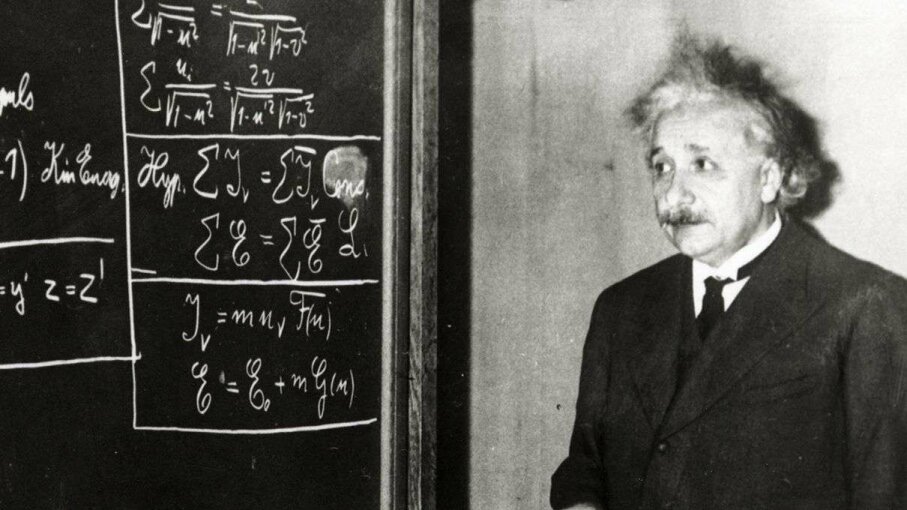
Quarks
Quarks make up protons and neutrons. Protons and neutrons make up matter. In recent times one of the most marvelous discoveries in science is the top quark. It was discovered in 1995 leading to a new revolution in physics. There are six quarks and each have a fractional charge and a color charge.
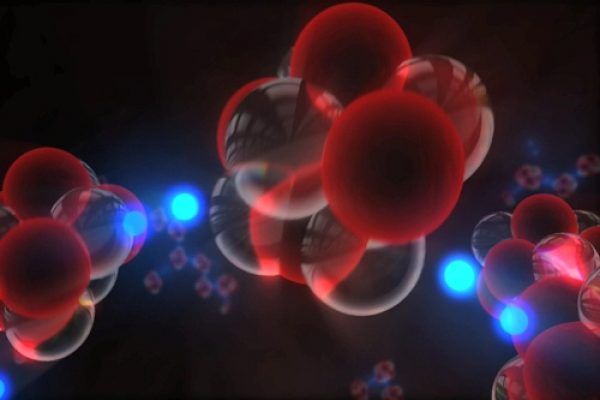
Gravity
Gravity is better known as force. The first to make its discovery was Newton. The legendary story goes that Isaac Newton was once sitting under an apple tree, when an apple fell on his head. It led him to wonder what was the force that pulled the apple to the ground. Thus the concept of gravity was born. Then a physicist named Albert Einstein used gravity to explain why planets orbit around the sun. This led to the discovery of a lot of different theories such as dark matter and quantum gravity.
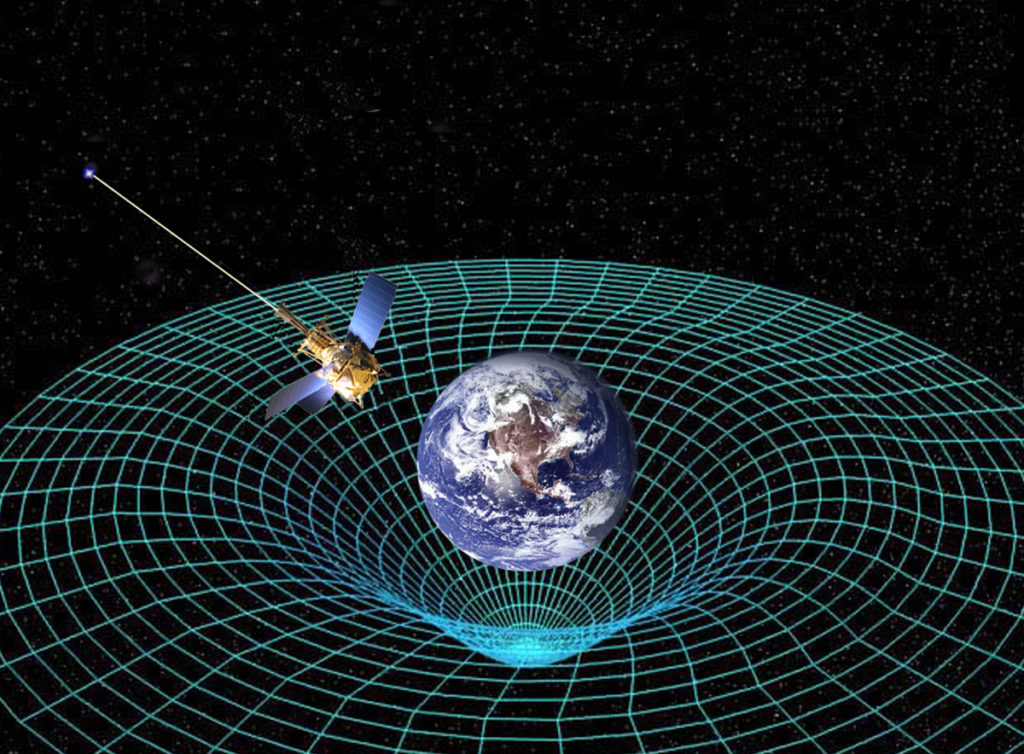
Newton’s Laws of Motion
One of the most marvelous discoveries in science ever made is the three laws of motion. An object remains in a state of motion until an external force is applied to it. The second is force equals mass times acceleration. The third and most well known is for every action there is an equal or opposite reaction. These three laws are responsible for changing our understanding of physics and the universe.
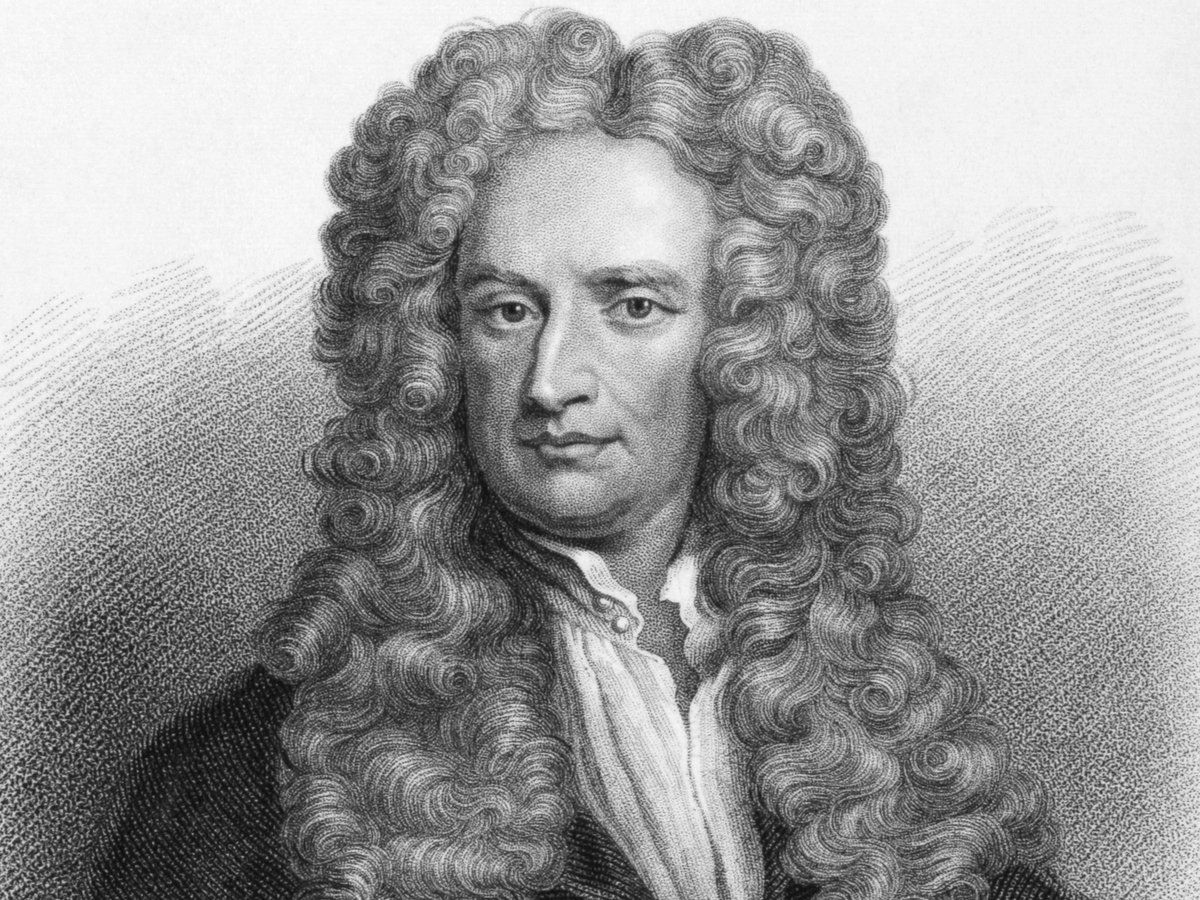
Photons
Photons are essential particles to light and radiation and they are just about the most marvelous discoveries in science. It is both described as a wave and a particle. However it has no mass, and can travel at the speed of light. The theory of photons was not popular until Albert Einstein looked into it. He explained the photoelectric effect building off from Gilbert Lewis in 1926. Lewis stated that light was made of particles, making this a fundamentally important particle to physics.
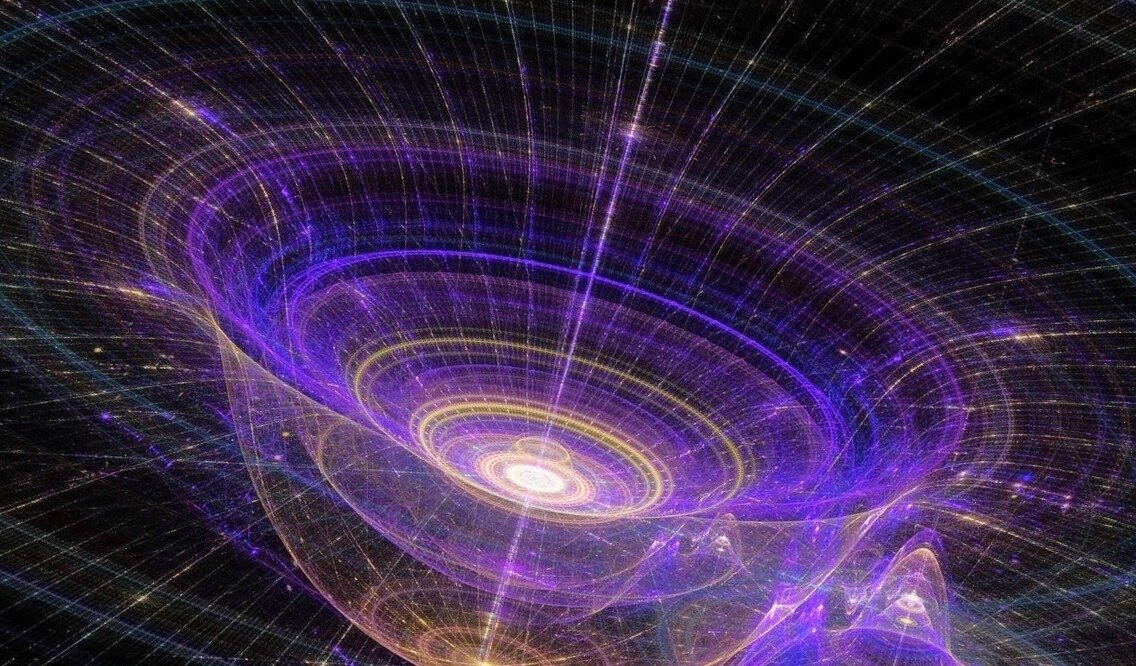
Conservation of Mass
Antoine Lavoisier made the first discovery of the law of conservation of mass. The law is that mass cannot be created or destroyed and remains constant. This finding led to a lot of discoveries in the 19th century. However in general relativity mass and energy is much more complicated and deals with a vast field.
